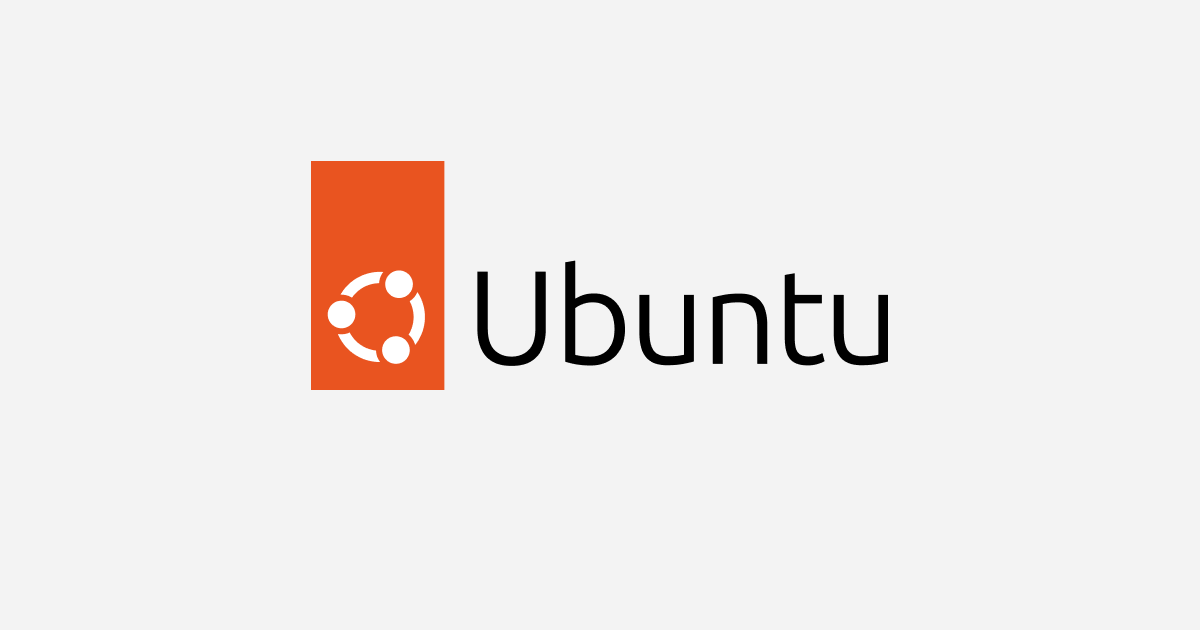Gang, if I were an org and I wanted to use #Linux for my workstations, I would be worried that the Linux desktop only holds together because it’s a pile of projects with a single maintainer assembled together.
1. How true is that for @kde? For @gnome?
2. Are there organizations providing paid support for the desktop use case?
3. Is there such a thing as fleet management for Linux? Active Directory support?
4. What needs to be tackled urgently to improve it?
